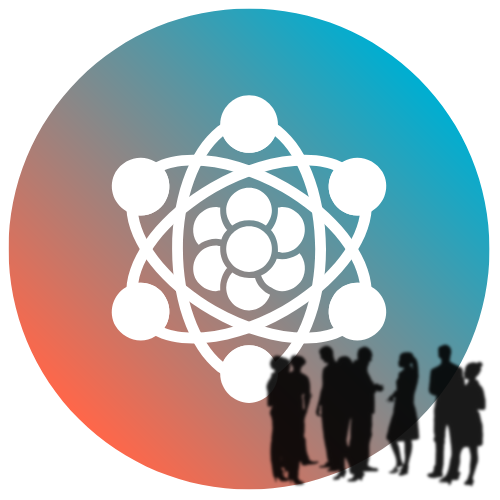Every call tells a story. A sale won or lost, a customer reassured, a misunderstanding avoided. For years, these stories vanished the moment the line went silent. Now, with VoIP and unified communications capturing every word, pause, and hand-off, those once-invisible signals are becoming measurable — and surprisingly powerful. The next competitive edge in business communication isn’t just speed or clarity. It’s insight.
From call records to business intelligence
Traditional phone systems tracked one thing: duration. VoIP changed that by converting voice into data packets that can be stored, searched, and analyzed. Each call now carries a trail of metadata — who spoke, for how long, what device they used, how quickly it connected, even what emotion the conversation conveyed.
That raw material feeds dashboards that reveal more than activity; they expose behavior. A support center can see which times of day create the longest queues. A sales team can correlate talk-to-listen ratios with conversion rates. Leadership can watch entire customer journeys unfold in real time rather than waiting for end-of-month reports.
Voice data has quietly become one of the richest sources of operational intelligence most companies own — and one of the least fully used.
The anatomy of voice data
At its core, VoIP analytics break down into three layers:
- Performance metrics — call volume, response times, first-call resolution, and agent availability.
- Quality metrics — jitter, latency, packet loss, and overall call stability.
- Contextual metrics — keywords, sentiment, silence duration, and speaker overlap.
The first two layers drive operational reliability. The third transforms reliability into intelligence. When combined, they form a feedback loop that connects customer experience, network health, and employee performance — three areas that used to live in separate silos.
The rise of conversational intelligence
AI has pushed VoIP analytics beyond charts into meaning. Systems now transcribe calls in real time, summarize themes, and even flag compliance risks. A growing field known as conversational intelligence takes those transcripts and looks for patterns across thousands of interactions.
- Sales teams learn which phrasing builds trust fastest.
- Customer-success teams identify recurring pain points hidden beneath surface issues.
- Product teams find feature requests that never made it into feedback forms.
In essence, businesses can now listen to themselves at scale — and act before small issues echo into larger ones.
Measuring what used to be invisible
One of the most valuable shifts VoIP analytics brings is the ability to measure soft factors. Empathy, clarity, patience — once unquantifiable — now have digital fingerprints. Machine-learning models trained on acoustic cues detect tone and energy levels, turning subjective experiences into signals managers can track.
Used well, this doesn’t turn people into numbers; it turns numbers into guidance. A spike in negative sentiment doesn’t punish an agent — it invites a coaching moment. A consistently upbeat tone across a department signals healthy morale worth protecting.
When companies treat analytics as mirrors rather than microscopes, culture and performance both improve.
Privacy and ethics in the listening age
The power of insight demands restraint. Voice data often includes sensitive information: names, credit details, emotions. Responsible companies balance analytics with transparency.
Best practice includes:
- Clear consent policies for recording and analysis.
- Encryption at rest and in transit (TLS/SRTP).
- Role-based access so only relevant staff view call data.
- Defined retention windows and automatic deletion after a set period.
Regulators are watching this space closely, and so are customers. Ethical analytics is fast becoming part of brand trust.
Strategy over surveillance
The goal of VoIP analytics isn’t to monitor — it’s to learn. Forward-thinking leaders use insights to refine process, not to police people. For example:
- Routing calls based on sentiment history, not just queue order.
- Prioritizing training for products that trigger the most negative calls.
- Adjusting marketing language after noticing confusion around certain terms.
In each case, the data fuels adaptation. The most effective organizations treat communication analytics as a living experiment: test, learn, adjust, repeat.
Listening forward
In the next few years, real-time analytics will move from dashboards to decision engines. AI will nudge agents mid-call, predict customer churn, and feed strategy models that update daily. Companies that embrace this shift early will move faster because they’ll understand not just what their customers say — but what they mean.
Voice has always been at the heart of business. Now it’s also the mind. The smartest companies aren’t just speaking clearly; they’re listening deeply — and letting the data talk back.

